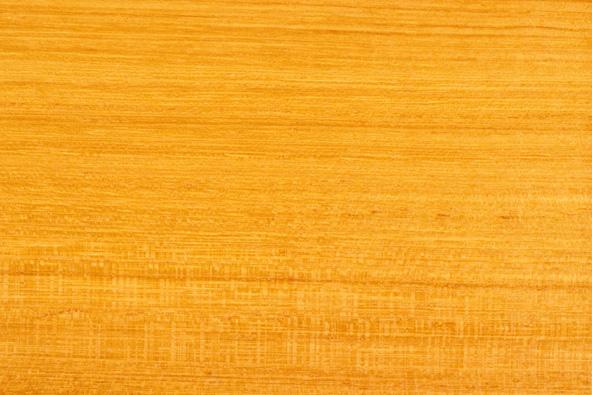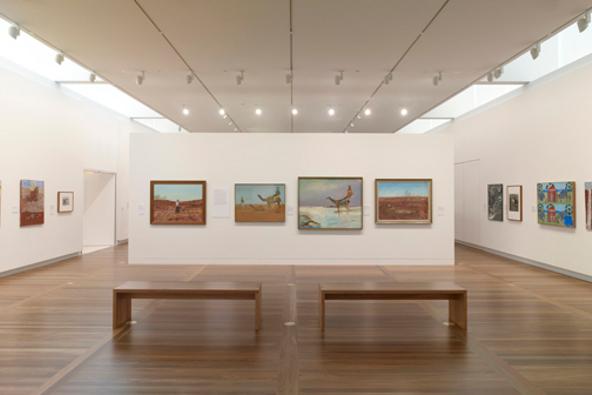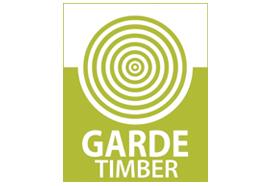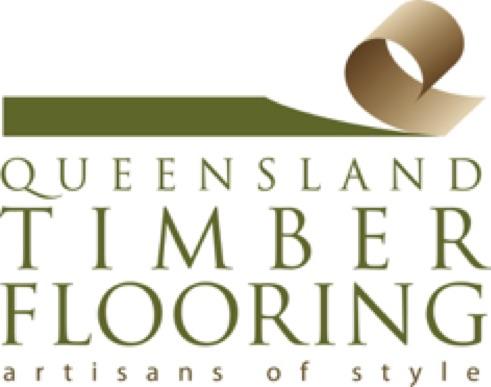Crow’s ash is a large hardwood species that is native to northern NSW and parts of Queensland. It is used mainly for flooring, boat building and outdoor furniture.
Australian Teak, Flindosy, Nutwood, Colonial Tea
Flindersia australis
Crow’s ash, also known as Australian teak, is a large hardwood species native to parts of northern New South Wales and Queensland. It grows in the coastal rainforests from northern News South Wales to Gladstone in Queensland and can reach up to 40m in height.
Crow’s ash is slow to dry and surface checking may occur if it is dried too quickly. Its heartwood is golden yellow with a more distinct, paler sapwood. Aside from appearance, Crow’s ash main benefit is that it is a very strong timber.
Crow’s ash is predominately used for flooring and decking. It is also used for boat building and outdoor furniture. In times gone by it was used as flooring for dance halls due to its highly durable characteristics.
While it is visually appealing, this species is not easy to work with, which limits the applications it can be used for. Crow’s ash is quite greasy which means it is hard to glue and nail.
Due to its limited availability, Crow’s ash timber may attract a premium.
Shrinkage
| Very Low | Low | Medium | High | Very High | |
|---|---|---|---|---|---|
|
|
|
||||
|
Tangential :
|
4.20% | ||||
|
Radial :
|
3.30% | ||||
|
Unit Movement Tangential:
|
|||||
|
Unit Movement Radial:
|
Strength Group
| Very High | High | Reasonably High | Medium High | Medium | Reasonably Low | Low | Very Low | |
|---|---|---|---|---|---|---|---|---|
| Unseasoned: | S1 | S2 | S3 | S4 | S5 | S6 | S7 | S8 |
|
|
||||||||
| Seasoned: | SD1 | SD2 | SD3 | SD4 | SD5 | SD6 | SD7 | SD8 |
|
|
Stress Grade
|
Structural No. 1 |
Structural No. 2 |
Structural No. 3 |
Structural No. 4 |
Structural No. 5 |
|
|---|---|---|---|---|---|
| Unseasoned: | F27 | F17 | F14 | F11 | F8 |
| Seasoned: | F27 | F22 | F17 | F14 | F11 |
Density per Standard
| Seasoned: | 950kg/m3 |
|---|---|
| Unseasoned: | 1050kg/m3 |
Joint Group
| Very High | High | Reasonably High | Medium | Low | Very Low | |
|---|---|---|---|---|---|---|
| Unseasoned: | J1 | J2 | J3 | J4 | J5 | J6 |
|
|
||||||
| Seasoned: | JD1 | JD2 | JD3 | JD4 | JD5 | JD6 |
|
|
Colour
| White, yellow, pale straw to light brown | Pink to pink brown | Light to dark red | Brown, chocolate, mottled or streaky | |
|---|---|---|---|---|
|
|
||||
Mechanical Properties
|
Modulus of Rupture - Unseasoned:
|
110 |
|---|---|
|
Modulus of Rupture - Seasoned:
|
137 |
|
Modulus of Elasticity - Unseasoned:
|
15.6 |
|
Modulus of Elasticity - Seasoned:
|
17 |
|
Maximum Crushing Strength - Unseasoned:
|
54 |
|
Maximum Crushing Strength - Seasoned:
|
73 |
|
Impact - Unseasoned:
|
23 |
|
Impact - Seasoned:
|
17 |
|
Toughness - Unseasoned:
|
Medium - 15 - 24 Nm |
|
Toughness - Seasoned:
|
Medium - 15 - 24 Nm |
|
Hardness - Unseasoned:
|
9.2 |
|
Hardness - Seasoned:
|
14.7 |
Durability
| Low | Moderate | Reasonably High | High | |
|---|---|---|---|---|
| (0 - 5 yrs) | (5 - 15 yrs) | (15 - 25 yrs) | (more than 25 yrs) | |
|
In-Ground:
|
|
|||
| (0 - 7 yrs) | (7 - 15 yrs) | (15 - 40 yrs) | (More than 40 yrs) | |
|
Above ground:
|
|
|||
| (0 - 20 yrs, usually < 5) | (21 - 40 yrs) | (41 - 64 yrs) | (More than 60 yrs) | |
|
Marine Borer Resistance:
|
|
Lyctid Borer Susceptibility:
|
Susceptible |
|---|---|
| Lyctid Borer Susceptibility - Other: | |
|
Termite Resistance:
|
Resistant |
Fire Properties
| 1 - non-combustible | 2 - reasonably non-combustible | 3 - slightly combustible | 4 - combustible | |
|
Fire Properties Group Number: |
|
| Group Number - Other: | 3 if used on MDF or particleboard ≥12mm; veneer thickness 0.6 - 0.85mm |
|---|---|
|
Average Specific Extinction Area:
|
<250 |
|
Bushfire Resistance:
|
Bushfire Attack Level (BAL) 12.5 and 19 – All AS 3959 required applications |
The heartwood of Crow’s ash is a rich golden yellow, with the sapwood distinctively paler and around 25-40mm wide. It has a medium and even texture and the appearance of the grain is often interlocked. Crow’s ash has a very greasy surface due to the occurrence of natural oils.
Crow’s ash is a highly durable timber, but due to its poor workability it is limited to certain applications. It is mainly used for flooring and decking, where its rich golden colour can be admired. Many old dance halls in Australia used Crow’s ash flooring, with many still in fantastic condition — a testament to the toughness of this species. Crow’s ash is also used for boat building and outdoor furniture.




